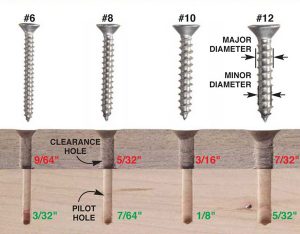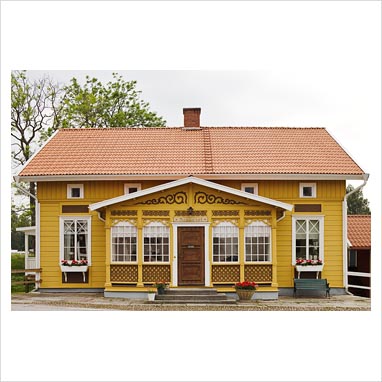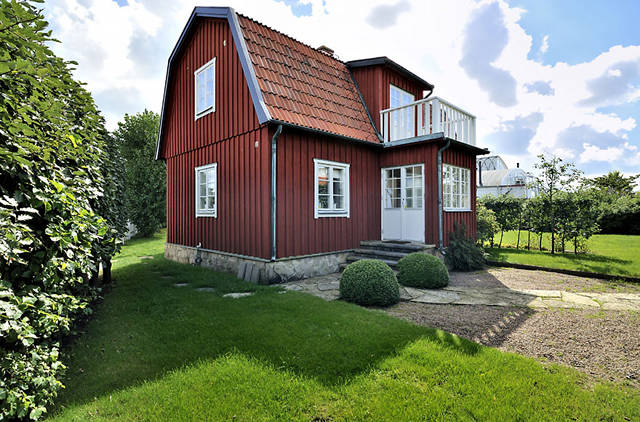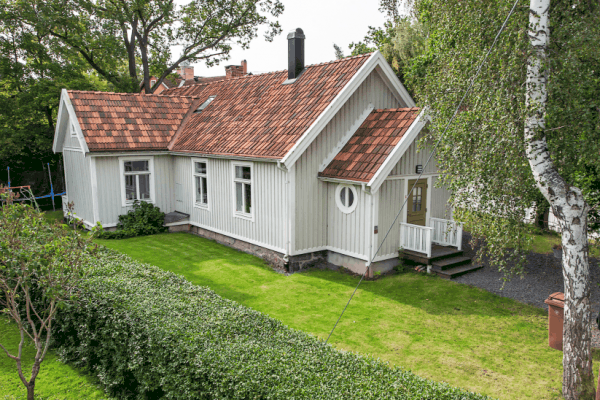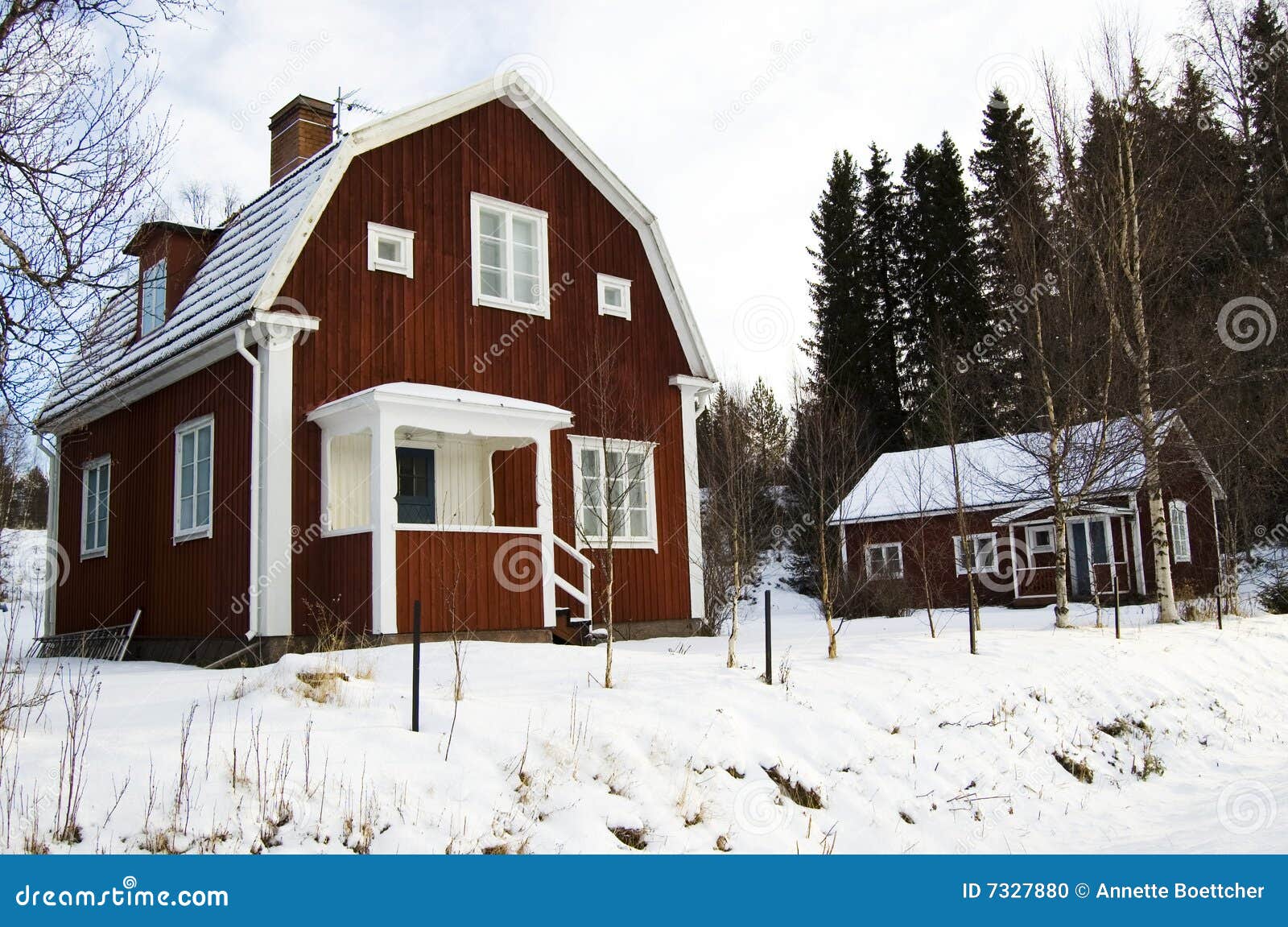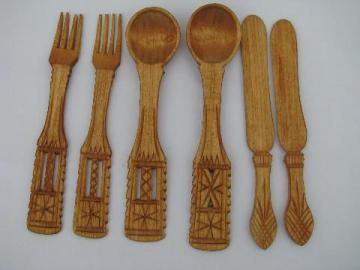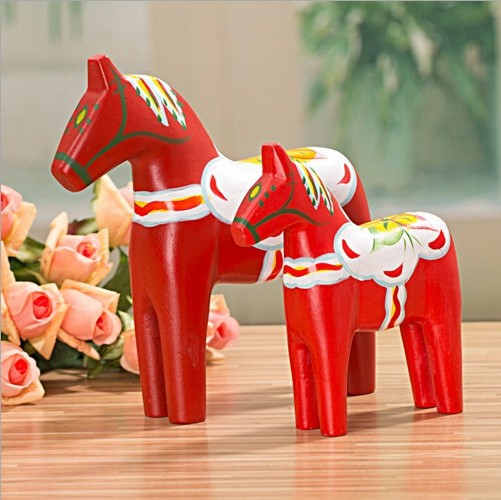Those are the five sets of plyers that I have on a rack within easy reach in my shop and use frequently.
Upper left are Linesmens plyers. I actually bought those plyers when I was working for the power company with the line crew. I use these plyers to cut and to crush and to hold on to things I am grinding or heating or hammering. They are my "go to" tool.
Moving right are needle nose plyers. I have three sets of these, both larger and smaller. Most of time I use these plyers to hold small brads to save my fingers when hammering or when I am doing electrical stuff.( my chubby fingers can't get into the small places in power tools and light fixtures.)
Next Slip Joint plyers. I try to avoid plumbing, but when you have to do it, you have to have slip joint plyers. More often mine get used to take the lid off glue or shellac bottles.
Bottom left are End Cutters. They are my most expensive set of plyers but I use reclaimed wood part of the time and so I am cutting off nails or staples fairly regularly. I also find that I can use these plyers to pull out fasteners by gripping and gently rocking on the jaws.
Cutting plyers are the only way to go when dealing with wire. I also use mine to cut cord sometimes, they are a bit specialized but they really do their job better than any other plyers would.
This is in no way the definitive list of plyers, all of the above come in various sizes and then there are dozens of other specialty plyers for specific tasks. I have a small tool box with various other plyers stored away under my bench but these five cover 98% or what I do in my shop.
At the risk of sounding like a broken record. When you buy plyers for your shop buy quality. If you buy quality the tools will last for years, and years, I bought my linesman's plyers in 1979 and I used them today.
I hope that basics help. I'm home now and will be able to get back into the shop and make a few small things.
cheers, ianw
 |
| print out and colour for yourself! |





